Negative Diffusivity of Shorelines via the Littoral Drift Rose Concept †
Abstract
1. Introduction
2. Materials and Methods
2.1. The Shoreline Diffusion Theory
Analytical Modeling of Negative Shoreline Diffusion
2.2. LDR Concept to Detect Possible Instabilities of Shoreline
2.3. Comparing Different LDRs of the Italian Seas
2.3.1. The LDR Graph for the Tyrrhenian Sea
2.3.2. The LDR Graph for the Adriatic Sea
3. Results and Conclusions
The Inspection of Shoreline Instabilities on the Molise Coast
Author Contributions
Funding
Institutional Review Board Statement
Informed Consent Statement
Data Availability Statement
Conflicts of Interest
References
- Komar, P.D. Beach Processes and Sedimentation, 2nd ed.; Prentice Hall: Upper Saddle River, NJ, USA, 1998. [Google Scholar]
- Walton, T.L.; Dean, R.J. Application of Littoral Drift Roses to Coastal Engineering Problems. In Proceedings of the Conference on Engineering Dynamics in the Surf Zone, Institution of Engineers, Sydney, Australia, 14–17 May 1973; pp. 221–227. [Google Scholar]
- Ashton, A.; Murray, A.B.; Arnoult, O. Formation of coastline features by large-scale instabilities induced by high-angle waves. Nature 2001, 414, 296–300. [Google Scholar] [CrossRef] [PubMed]
- Falques, A. On the diffusivity in coastline dynamics. Geophys. Res. Lett. 2003, 30, 2119. [Google Scholar] [CrossRef]
- Falques, A.; Calvete, D. Large-scale dynamics of sandy coastlines: Diffusivity and instability. J. Geophys. Res. Earth Surf. 2005, 110, C03007. [Google Scholar] [CrossRef]
- Ashton, A.D.; Murray, A.B. High-angle wave instability and emergent shoreline shapes: 1. Modeling of sand waves, flying spits, and capes. J. Geophys. Res. Earth Surf. 2006, 111, F04011. [Google Scholar] [CrossRef]
- Ashton, A.D.; Murray, A.B. High-angle wave instability and emergent shoreline shapes: 2. Wave climate analysis and comparisons to nature. J. Geophys. Res. Earth Surf. 2006, 111, F04012. [Google Scholar] [CrossRef]
- Pelnard-Considere, R. Essai de theorie de l’evolution des formes de rivage en plages de sable et de galets. In 4th Journees de l’Hydraulique, Les Energies de la Mer, III; La Houille Blanche: Grenoble, France, 1956. [Google Scholar]
- Larson, M.; Hanson, H.; Kraus, N.C. Analytical Solutions of the One-Line Model of Shoreline Change; Technical Report CERC-87; U.S. Army of Engineer Waterways Experiment Station, Coastal Engineering Research Center: Washington, DC, USA, 1987. [Google Scholar]
- Walton, T.L.; Dean, R.J. Longshore Sediment Transport Via Littoral Drift Rose. Ocean Eng. 2010, 37, 228–235. [Google Scholar] [CrossRef]
- US Army Corps of Engineers. Shore Protection Manual; Coastal Engineering Research Centre: Washington, DC, USA, 1984.
- Hanson, H. GENESIS: A Generalized Shoreline Change Numerical Model for Engineering Use. Ph.D. Thesis, University of Lund, Lund, Sweden, 1989. [Google Scholar]
- Rosskopf, C.M.; Di Paola, G.; Atkinson, D.E.; Rodriguez, G.; Walker, I.J. Recent shoreline evolution and beach erosion along the central Adriatic coast of Italy: The case of Molise region. J. Coast. Conserv. 2018, 22, 879–895. [Google Scholar] [CrossRef]
- De Vincenzo, A.; Covelli, C.; Molino, A.J.; Pannone, M.; Ciccaglione, M.C.; Molino, B. Long-term Management Policies of Reservoirs: Possible Re-use of Dredged Sediments for Coastal Nourishment. Water 2019, 11, 15. [Google Scholar] [CrossRef]
- Buccino, M.; Di Paola, G.; Ciccaglione, M.C.; Rosskopf, C.M. A Medium-Term Study of Molise Coast Evolution Based on the One-Line Equation and “Equivalent Wave” Concept. Water 2020, 12, 2831. [Google Scholar] [CrossRef]
- Di Paola, G.; Ciccaglione, M.C.; Buccino, M.; Rosskopf, C.M. Influence of Hard Defence Structures on Shoreline Erosion Along Molise Coast (Southern Italy): A Preliminary Investigation. Rendiconti Online Soc. Geol. Ital. 2020, 52, 2–11. [Google Scholar] [CrossRef]
- Buccino, M.; Ciccaglione, M.C.; Di Paola, G. The use of one-line model and littoral drift rose concept in predicting long term evolution of the Molise coast. In Proceedings of the 30th International Ocean and Polar Engineering Conference, Virtual, 11–16 October 2020. [Google Scholar] [CrossRef]
- Ciccaglione, M.C.; Buccino, M.; Di Paola, G.; Calabrese, M. Trigno River Mouth Evolution Via Littoral Drift Rose. Water 2021, 13, 2995. [Google Scholar] [CrossRef]

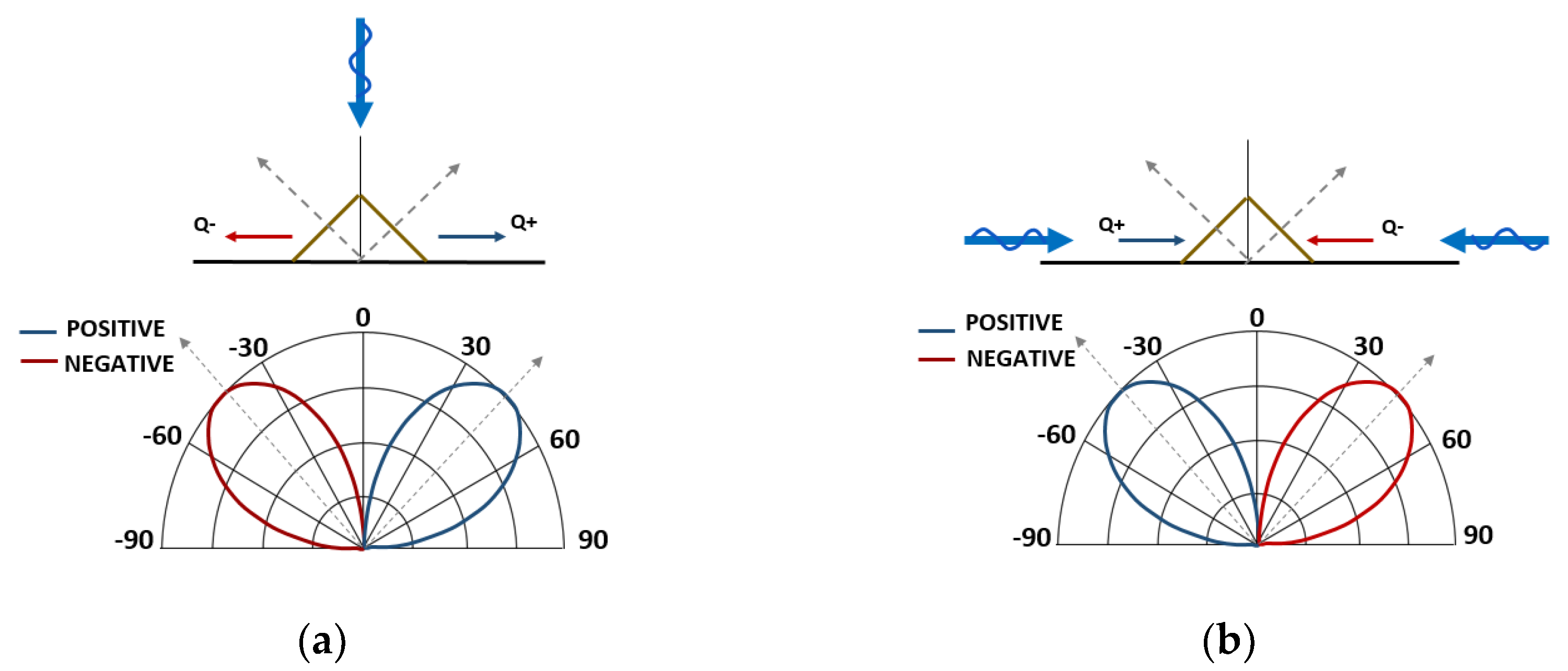

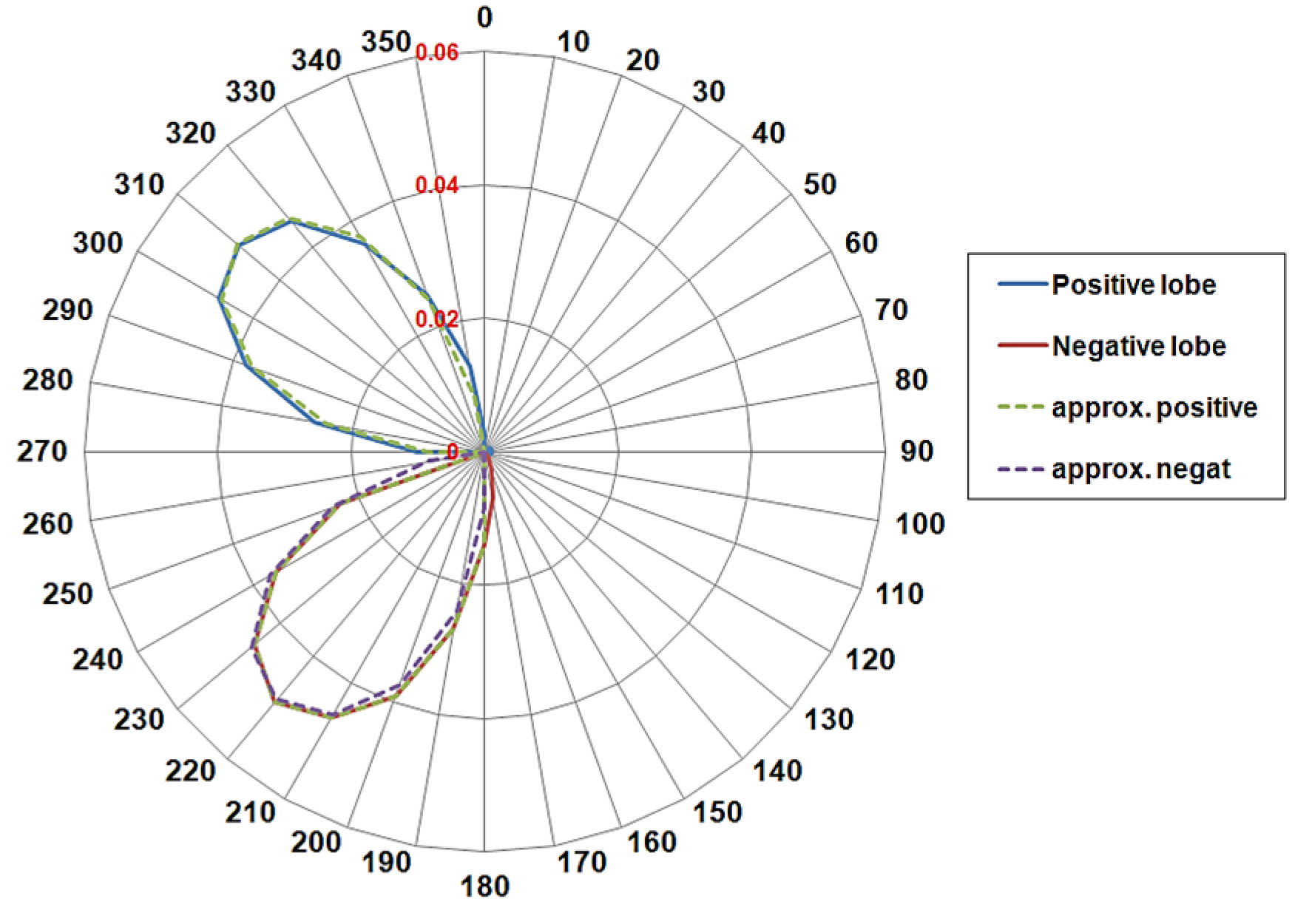
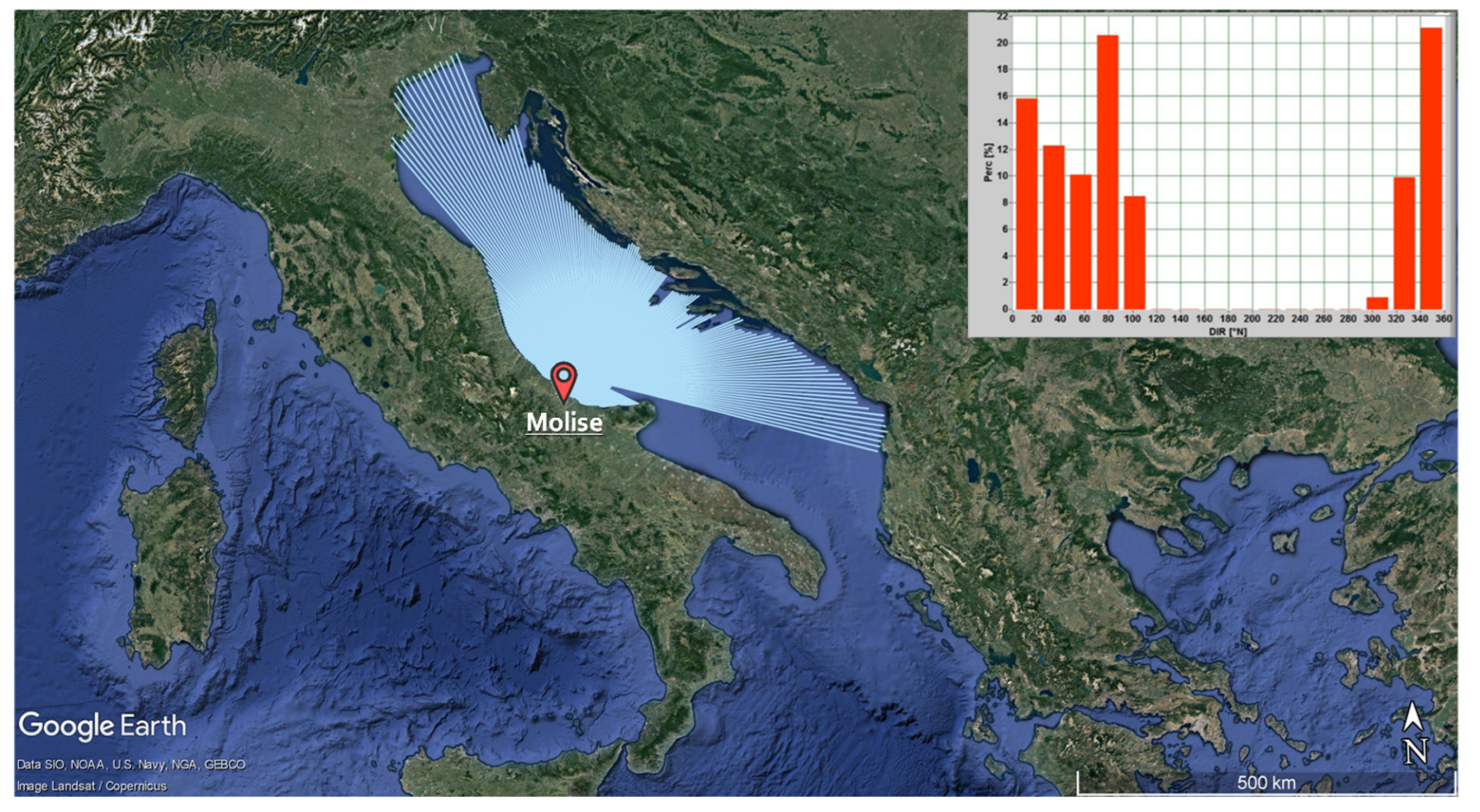
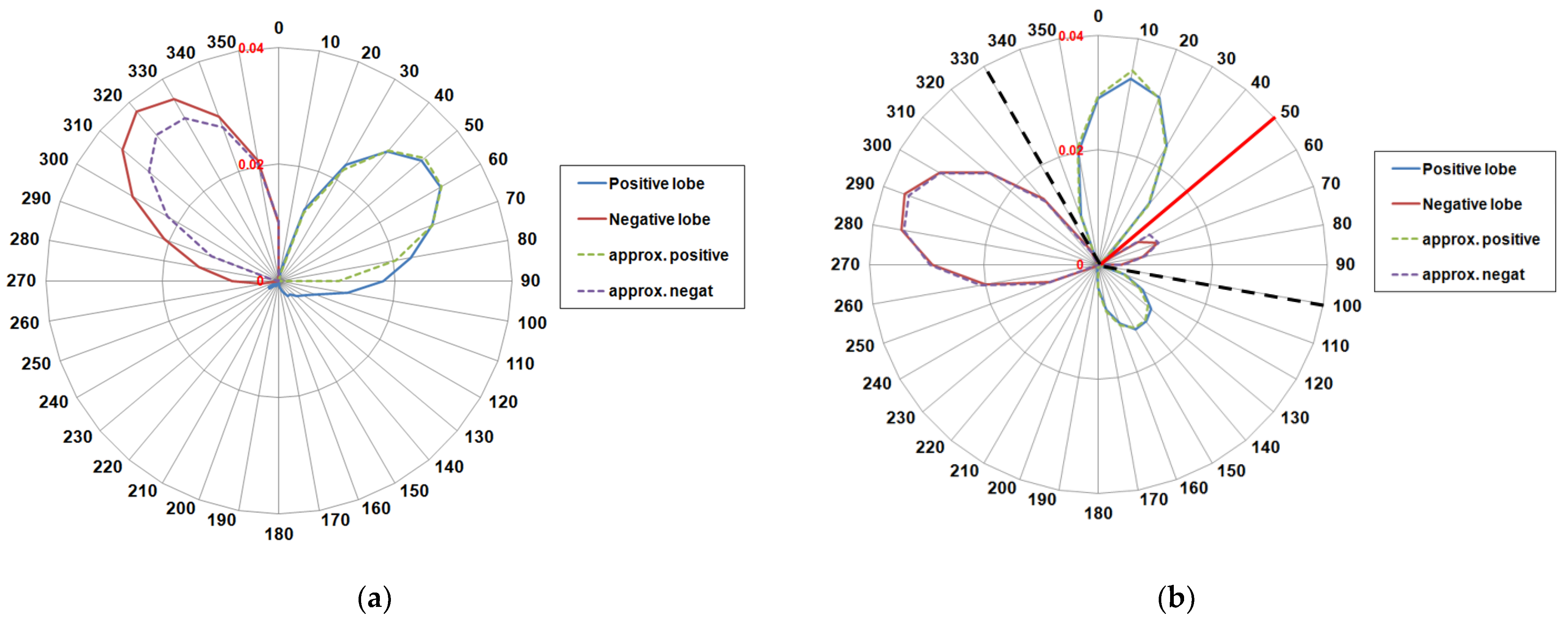
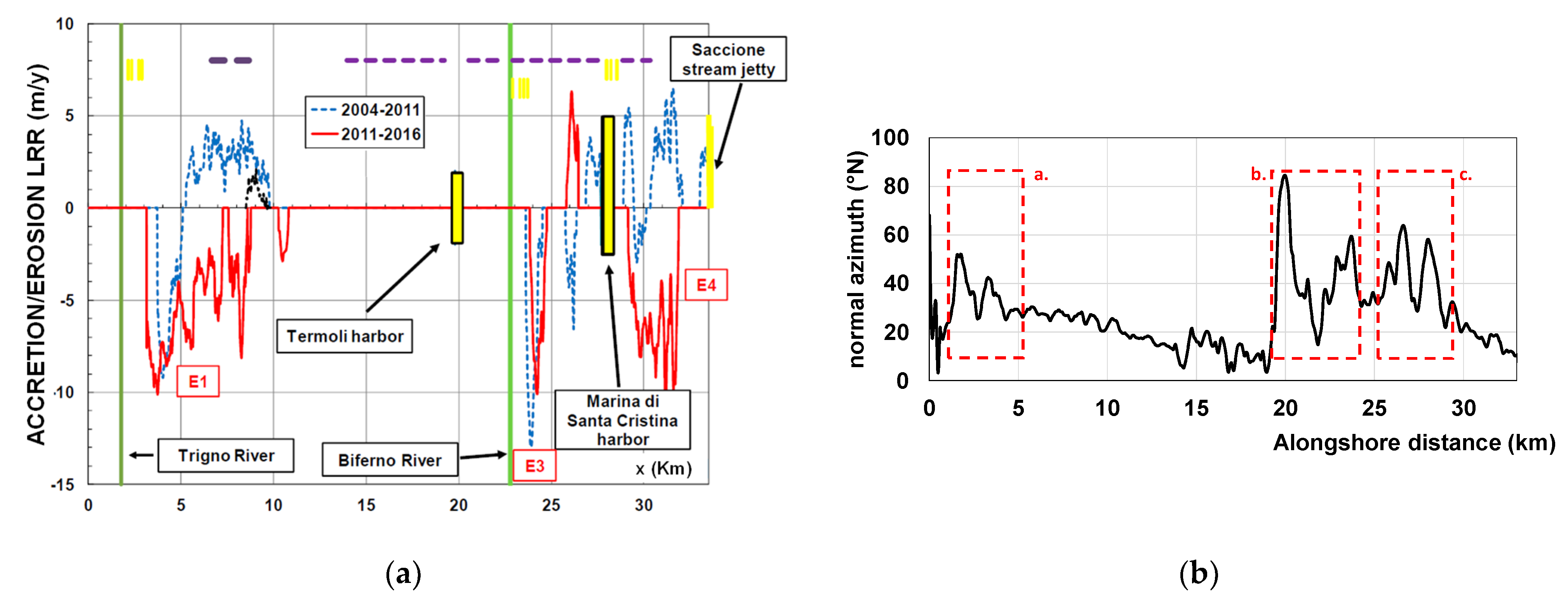
Publisher’s Note: MDPI stays neutral with regard to jurisdictional claims in published maps and institutional affiliations. |
© 2022 by the authors. Licensee MDPI, Basel, Switzerland. This article is an open access article distributed under the terms and conditions of the Creative Commons Attribution (CC BY) license (https://creativecommons.org/licenses/by/4.0/).
Share and Cite
Ciccaglione, M.C.; Calabrese, M.; Buccino, M. Negative Diffusivity of Shorelines via the Littoral Drift Rose Concept. Environ. Sci. Proc. 2022, 21, 78. https://doi.org/10.3390/environsciproc2022021078
Ciccaglione MC, Calabrese M, Buccino M. Negative Diffusivity of Shorelines via the Littoral Drift Rose Concept. Environmental Sciences Proceedings. 2022; 21(1):78. https://doi.org/10.3390/environsciproc2022021078
Chicago/Turabian StyleCiccaglione, Margherita Carmen, Mario Calabrese, and Mariano Buccino. 2022. "Negative Diffusivity of Shorelines via the Littoral Drift Rose Concept" Environmental Sciences Proceedings 21, no. 1: 78. https://doi.org/10.3390/environsciproc2022021078
APA StyleCiccaglione, M. C., Calabrese, M., & Buccino, M. (2022). Negative Diffusivity of Shorelines via the Littoral Drift Rose Concept. Environmental Sciences Proceedings, 21(1), 78. https://doi.org/10.3390/environsciproc2022021078





